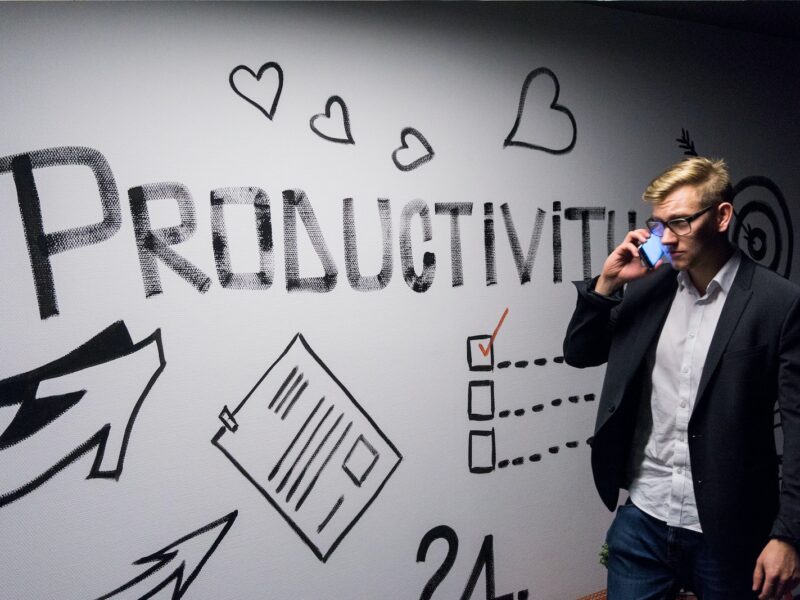In every laboratory, efficiency is critical. The ability to fulfil deadlines and achieve the best economic outcomes is facilitated by efficiency. An effective workplace should enable employees to economize as much time, effort, and money as possible without compromising the quality of their output.

Effective systems, appropriate resources, and attentive employees are all necessary to achieve this goal. If you’re interested in finding out more ways to increase lab productivity without losing quality, keep reading.
Map Out Recurring Tasks
Before you do anything else, draw a floor plan for your laboratory. This should include all of your lab’s equipment and materials. Workflow charts are the next step in creating a lab diagram and should detail the most common lab procedures.
It is helpful to use arrows to indicate the various processes involved in each procedure. This will make it easier for you to picture the locations where your personnel have to be for these jobs to be completed properly. To get the most out of your work area, you’ll need to think about how each step connects to the next and the logistics involved.
Automate and Digitalize Processes
For the sake of increased productivity in your laboratory, you should transition away from manual ways of doing things and instead automate and digitize your lab. When you automate lab processes, the ability to gather information, the ability to work with others, and the capacity to save notes all improve and become easier.
In addition, digitization and automation maximize space by reducing the amount of clutter in the lab. Replace manual equipment with automatic ones faster to operate and produce results.
Standardize Processes
The vast majority of laboratories make use of established procedures and methods. Once standardization is achieved, you can train and educate your employees on how these procedures work in your laboratory. Once standard operating procedures (SOPs) have been established, training and education of laboratory staff can begin.
In this way, your laboratory’s work may be trusted because it will be done in accordance with established procedures. Your laboratory’s productivity and accuracy will improve by documenting routine procedures with detailed work instructions.
Invest in High-Quality Equipment
Quality lab equipment is vital to a successful research project. High-quality equipment will produce better outcomes and save time because of their technical advantage.
For example, investing in a laboratory freezer that uses hydrocarbon refrigerant instead of synthetic ones would not only increase lab efficiency but also save money because it reduces energy consumption, which results in a reduced expenditure. When the machinery operates slowly, it takes much longer to complete the tasks.
Perform Routine Equipment Maintenance
Having high-quality equipment does not mean you should not maintain them. Preventive maintenance plays a crucial role in improving laboratory’s efficiency. How you treat your equipment determines how efficient they are and how long they last. Poorly maintained equipment easily breakdown, disrupting lab operations and processes.
While maintaining your equipment, you also get the opportunity to calibrate measuring instruments. Doing so improves their accuracy, which in terms translates to efficient results.


